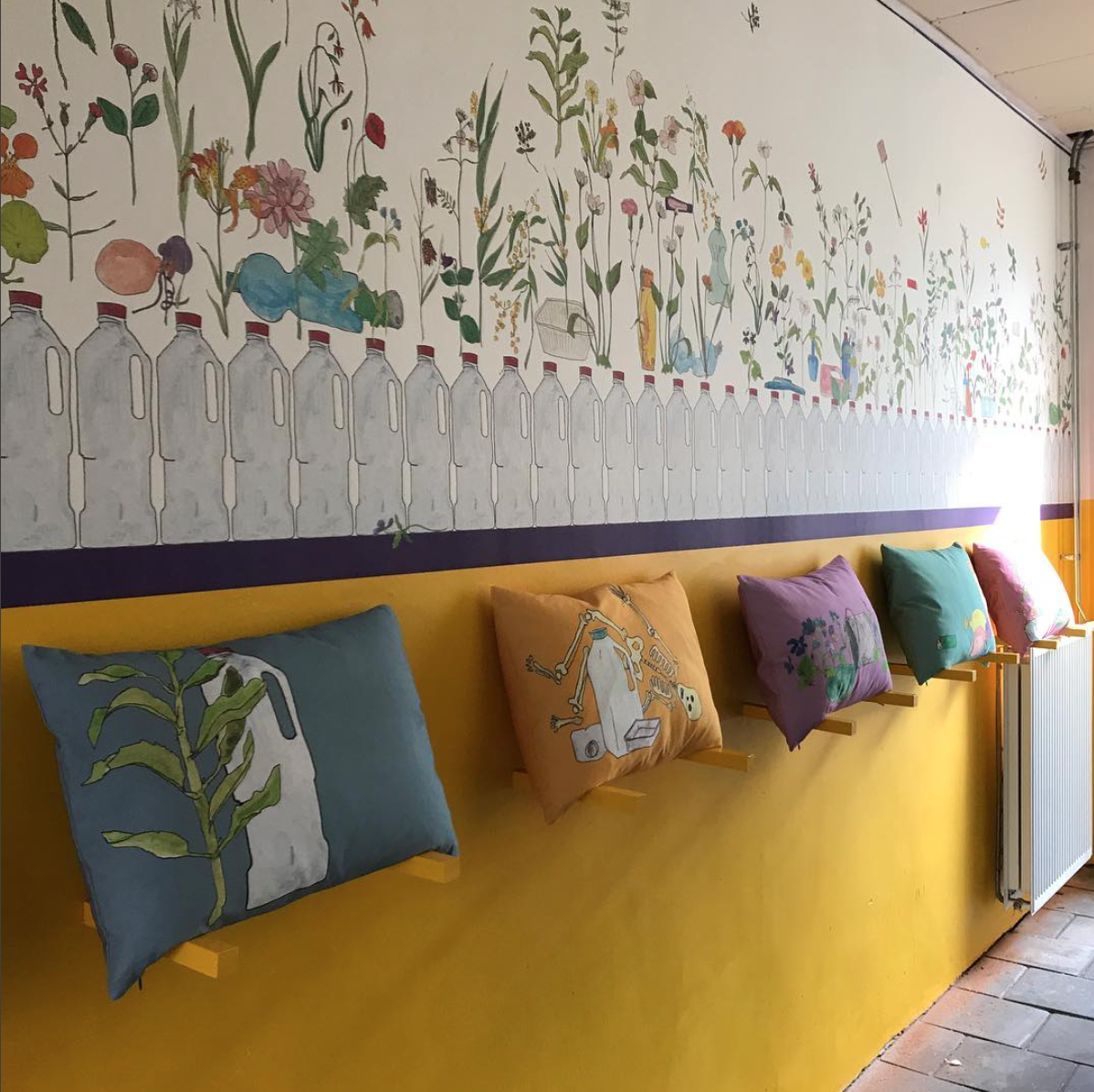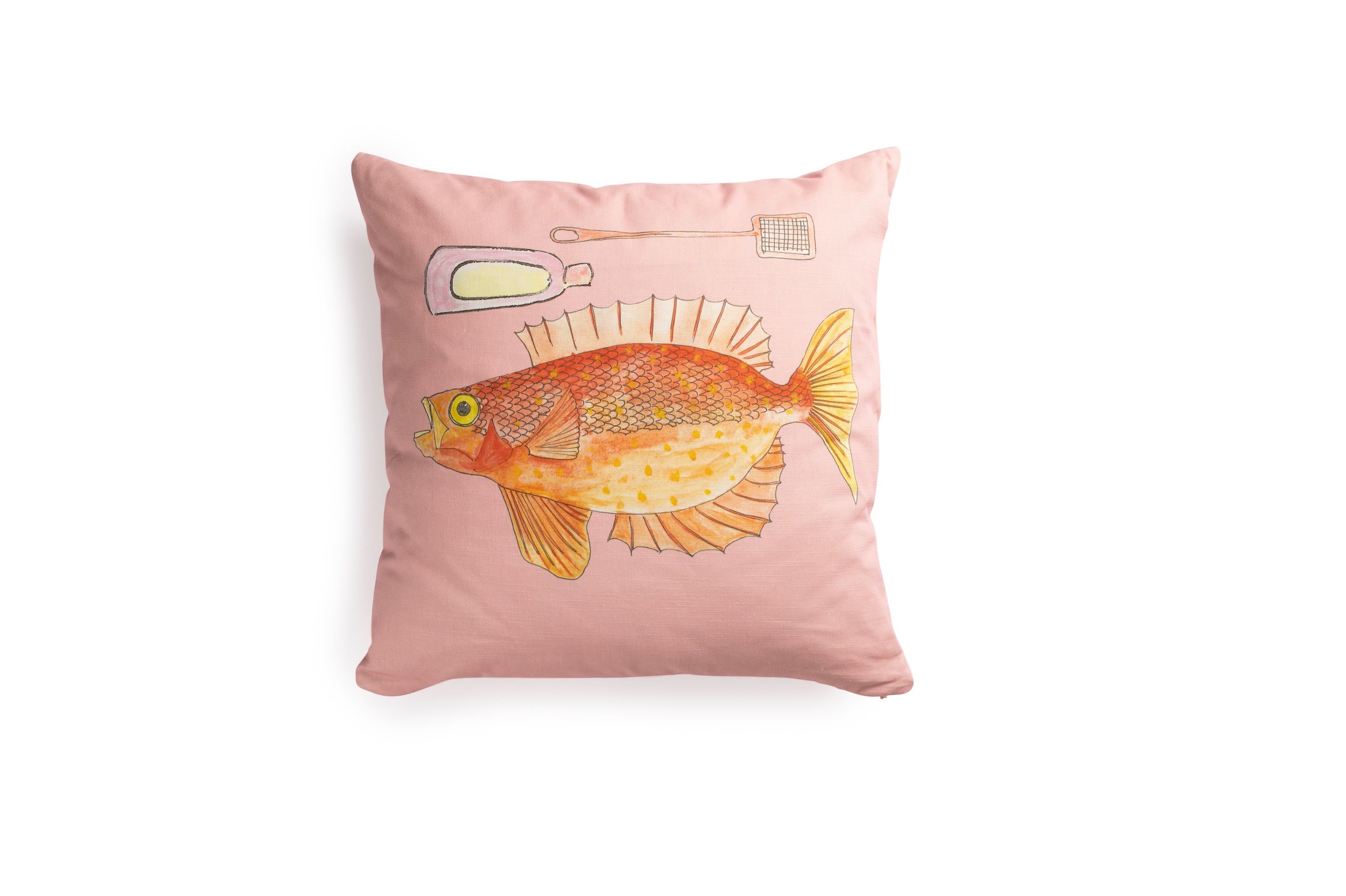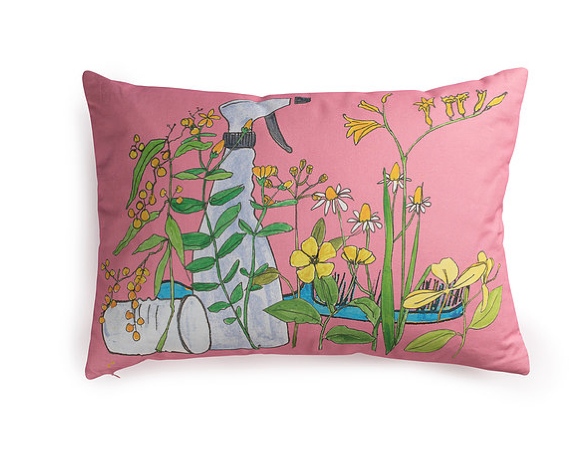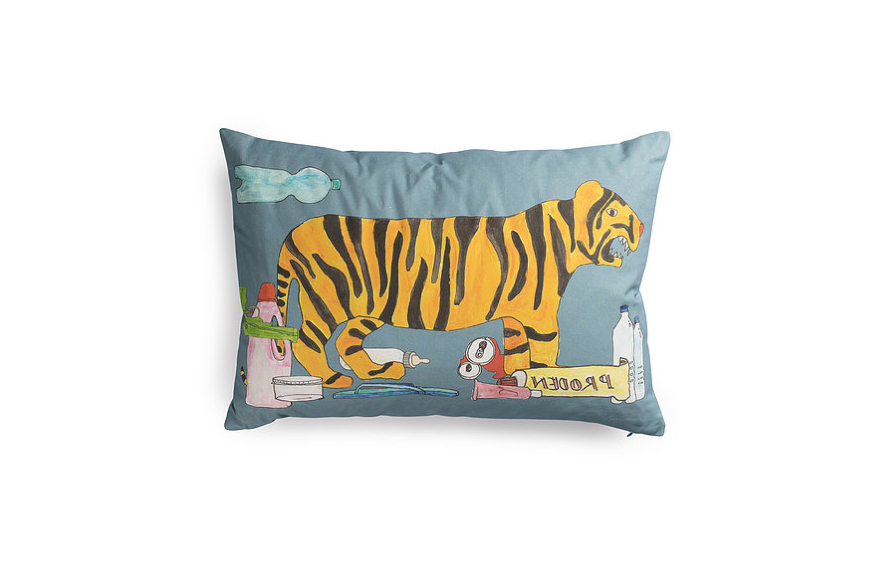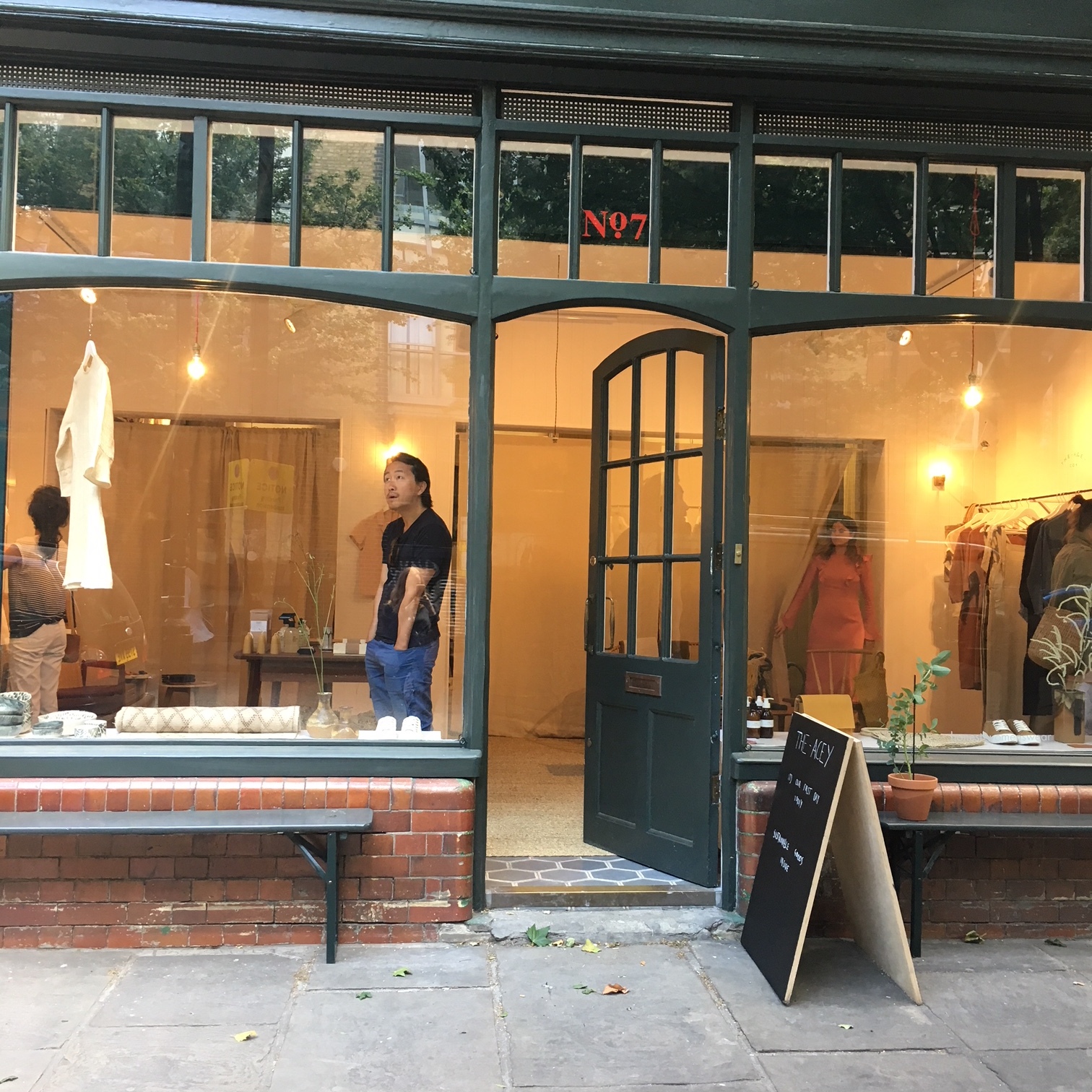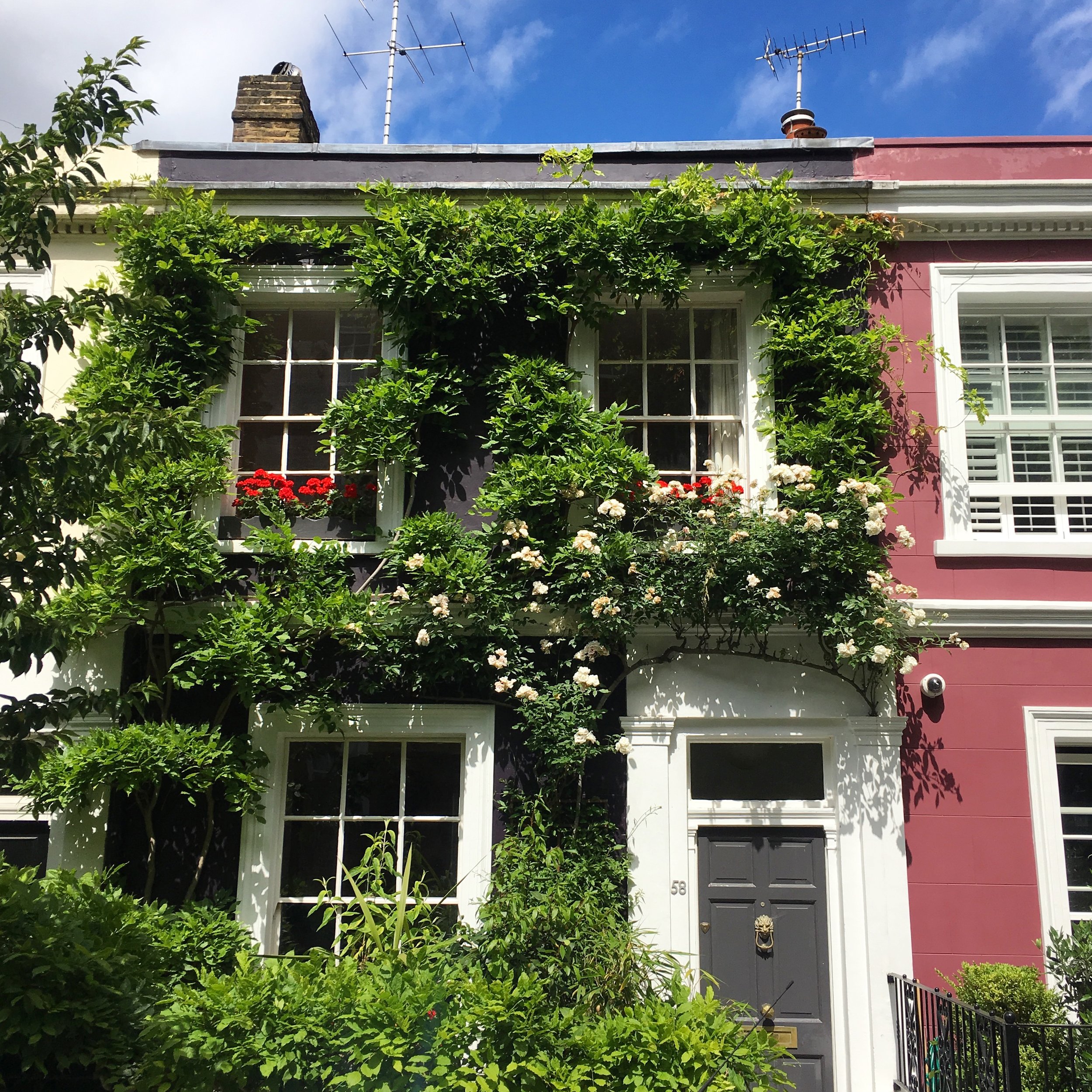There's a heat wave in London, and by human making. I prepare to head out on the prowl to see what's on offer for decorative sustainable design resources in the city. Something that has been heavy on my mind: What is the relevance of creating or buying any object, in the year of 2018, that doesn't consider sustainability?
As the earth and climate continue to show alarming signs of distress, there is no better time than now to make the extra effort for the best possible, locally-available, sustainably-designed furnishings and materials for your lifestyle. Considering the global plastic crisis due to China refusing to accept the world's plastic, the lack of waste and recyclables management, the failure of Fortune 500 corporations to take responsibility for the plastic that they have created and peddled, and the critical mass of people continuing to buy packaged goods, what will the world decide to do now with 91% of global plastic piling up on land and being dumped by the tons into rivers and oceans?
Thankfully, good design shepherds and shop curators are raising awareness on the plastic crisis, and some are making small waves by doing what by-and-large isn't being done anywhere else—actually, recycling it.
Using an apartment near St. Paul's Cathedral as my base, I finish my porridge and jam and take the Tube to Portobello Road in Notting Hill. Among the floral-facaded homes and antique shops you will find Katrina Phillips, a beautiful selection of Vietnamese bowls, healing crystals, baskets and art. In this selection is a dining table that appears to be made out of earthly natural stone, but it's actually made from reclaimed plastic synthetics, refrigerator interiors and lawn furniture. The Melting Pot dining table, by Dutch designer Dirk Vander Kooij, is made through his house-developed extrusion process that's molten disposable plastic pieced together by a robotic arm. Color options also include a painterly monochrome and vibrant multicolor palette. No two pieces are the same.
The Melting Pot table at Katrina Phillips
Heading over off the South Kensington stop, near the Victoria and Albert Museum, I pass by an impeccably dressed man walking in the opposite direction, his arms linked with a young lady, as he says "...or we could move to the U.S.," and laughs out loud.
mint
The sun is full on as I move slowly down pristine blocks of period row houses and take in the renovating sounds of a chop saw. I observe a painter carefully protecting a window box of pink flowers with translucent plastic sheeting. Rounding a gated park, there nests a very well-edited shop called Mint.
Debris Lounge Chair, available at Mint
Mint is a great source for sustainable design interiors in London. One of the most impressive pieces is the Debris Lounge Chair, by Carmen V Machado, which is composed of an oak base and hand-woven textile made with reclaimed ghost netting and plastic monofilament. The artist has collected pieces of rope and fishing line from beaches in the UK and Puerto Rico. She isolates them by color within the textile in order to spread awareness about over-fishing and what we are doing to our oceans.
Carmen V Machado, Debris Lounge Chair detail
Other standout originals are intricately woven and crocheted textiles created with recycled plastic by traditional crafts artists in Mexico. The few magnificent pieces that Mint has left of the artist work can be used as table runners or hanging art. They could be styled gracefully on a piece of furniture.
Textile made of woven recycled plastic, Mint
Pink Cushion with Octo by Anna Surie
Hopping off the Underground's Angel Station stop in Islington is lifestyle shop In-Residence. There hangs a mystic wallpaper called "Enchanted Garden" by Anna Surie for NLXL. The illustrative subject matter reminds me a bit of outsider artist Henry Darger. The shop owner leads me to her recent work.
Anna Surie's own brand has a new line of cushions, wallpaper and curtains that brings light to the darkness of the plastic epidemic and its impact on our environment. Her illustrations printed on wallpaper and organic bio-cotton manage to raise serious questions about our relationship with plastic despite a beguiling, whimsical style and feel.
The Anna Surie wallpaper depicting flower sprigs mixed with waste is called "The Eye of the Beholder."
Anna Surie "The Eye of the Beholder" wallpaper and cushion designs







